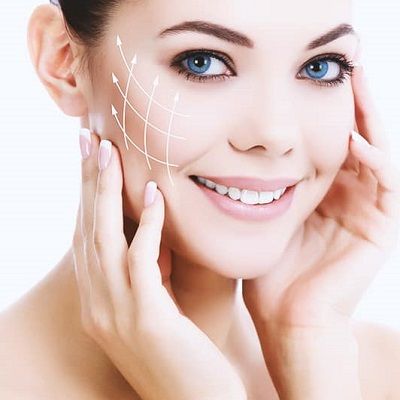Introduction
In the quest for youthful, defined cheekbones, many people find themselves weighing the options between non-invasive treatments like cheek fillers and more permanent surgical solutions. Both methods have their unique advantages and limitations, making it essential to understand their differences to make an informed decision. This article will delve into the pros and cons of the Best Cheek Fillers in Oman versus surgical options, providing insights to help you choose the best approach for your cosmetic goals.

Cheek Fillers: The Non-Invasive Choice
Pros:
- Minimal Downtime: Cheek fillers, typically made from hyaluronic acid or other dermal fillers, offer the advantage of minimal recovery time. Most patients can resume normal activities almost immediately after the procedure, making it a convenient option for those with busy schedules.
- Reversible and Adjustable: One of the key benefits of cheek fillers is their non-permanent nature. If you’re unhappy with the results or want a change, fillers can be adjusted or dissolved with a simple procedure. This flexibility allows for a more adaptable approach to achieving the desired look.
- Less Risk of Complications: Compared to surgical options, cheek fillers generally carry fewer risks. The procedure is less invasive, reducing the likelihood of significant complications such as infections or prolonged healing issues.
- Quick Results: The results of cheek fillers are immediate, allowing patients to see the enhancement in their cheek area almost right away. This instant gratification is a major draw for many seeking a quick aesthetic boost.
Cons:
- Temporary Results: While cheek fillers are effective, their results are not permanent. Typically, fillers last between 6 to 18 months, after which a touch-up or new treatment is required to maintain the desired look.
- Cost Over Time: The need for periodic touch-ups can make cheek fillers more expensive in the long run. Although the initial cost might be lower compared to surgery, the cumulative expense of ongoing treatments can add up.
- Potential for Side Effects: Common side effects of cheek fillers include bruising, swelling, and redness at the injection site. While these are generally temporary, they can be bothersome for some individuals.
- Limited Impact on Facial Structure: Cheek fillers can enhance volume and contour but do not address underlying structural changes. For individuals seeking significant alterations to facial structure, fillers may not provide the desired outcome.
Surgical Options: The Permanent Solution
Pros:
- Long-Lasting Results: Surgical options, such as cheek implants or fat grafting, offer more permanent results. Once the healing process is complete, patients can enjoy their enhanced cheek contours for many years without the need for repeated treatments.
- Significant Structural Changes: Surgical procedures can create more pronounced and permanent changes in facial structure. For those looking for a substantial transformation, surgical options are more effective in achieving long-term goals.
- Durable Results: With surgical options, the results are more resistant to changes over time compared to fillers. This durability can be especially appealing to those seeking a stable and enduring enhancement.
Cons:
- Longer Recovery Time: Surgical options typically require a more extended recovery period. Patients may experience swelling, bruising, and discomfort for several weeks, making this option less convenient for those with busy lifestyles.
- Higher Initial Cost: The cost of surgical procedures is generally higher compared to non-invasive treatments. However, this cost is often justified by the permanence and significant results of the surgery.
- Risk of Complications: As with any surgical procedure, there are inherent risks such as infections, scarring, and anesthesia-related complications. The invasiveness of surgery means that these risks are more pronounced compared to non-invasive treatments.
- Irreversible Changes: Unlike fillers, surgical procedures result in permanent changes to the facial structure. This permanence means that any dissatisfaction with the outcome cannot be easily corrected without additional procedures.
Conclusion
Choosing between cheek fillers and surgical options depends largely on individual goals, preferences, and lifestyle. Cheek fillers offer a non-invasive, adjustable, and lower-risk option for those seeking temporary enhancements with minimal downtime. On the other hand, surgical options provide a permanent solution with more significant and durable results, but come with higher costs, longer recovery times, and greater risks.
Ultimately, it’s crucial to consult with a qualified cosmetic professional to discuss your goals and evaluate the best approach for your needs. Whether opting for the flexibility of fillers or the permanence of surgery, understanding the pros and cons of each method will help you make an informed decision that aligns with your aesthetic aspirations.
